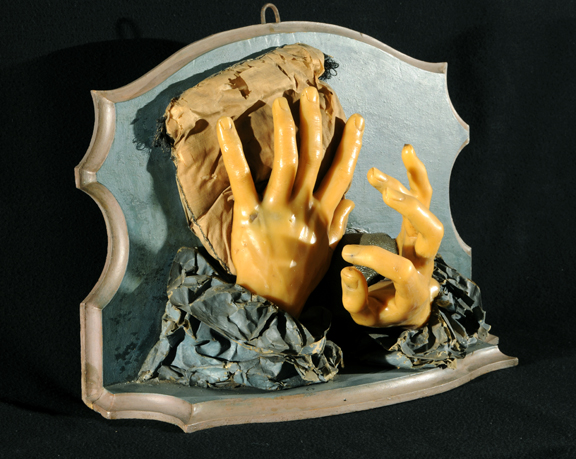A Community for Curious Minds who love History, its Odd Stories, and Good Reads
A Community for Curious Minds who love History, its Odd Stories, and Good Reads
By Holly Tucker
 Beyond the research I conducted in state and private archives across Bologna, of crucial importance for the development of my understanding of Anna Morandi’s anatomical studies was the course in human dissection I took at Washington University’s School of Medicine. Among the most poignant experiences I had in the anatomy laboratory was my dissection of the hand of a relatively young female cadaver.
Beyond the research I conducted in state and private archives across Bologna, of crucial importance for the development of my understanding of Anna Morandi’s anatomical studies was the course in human dissection I took at Washington University’s School of Medicine. Among the most poignant experiences I had in the anatomy laboratory was my dissection of the hand of a relatively young female cadaver.